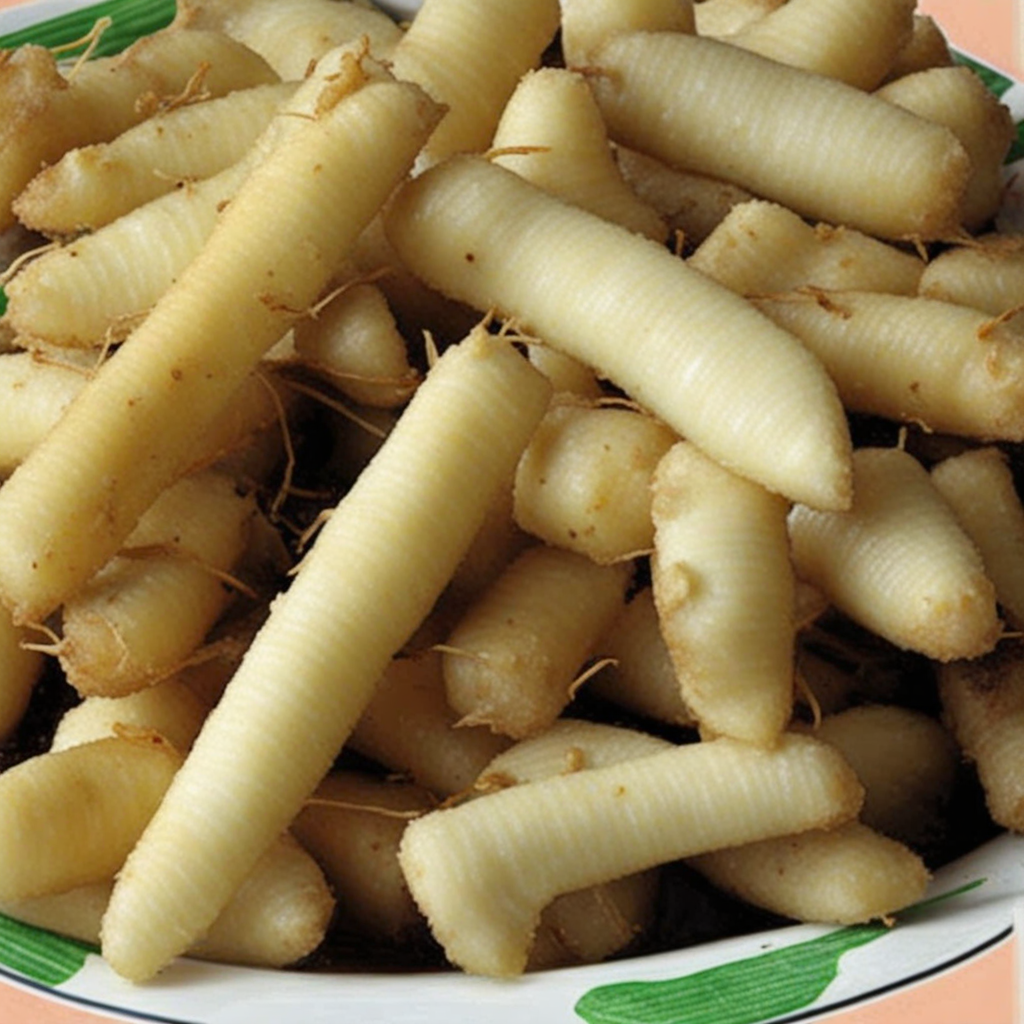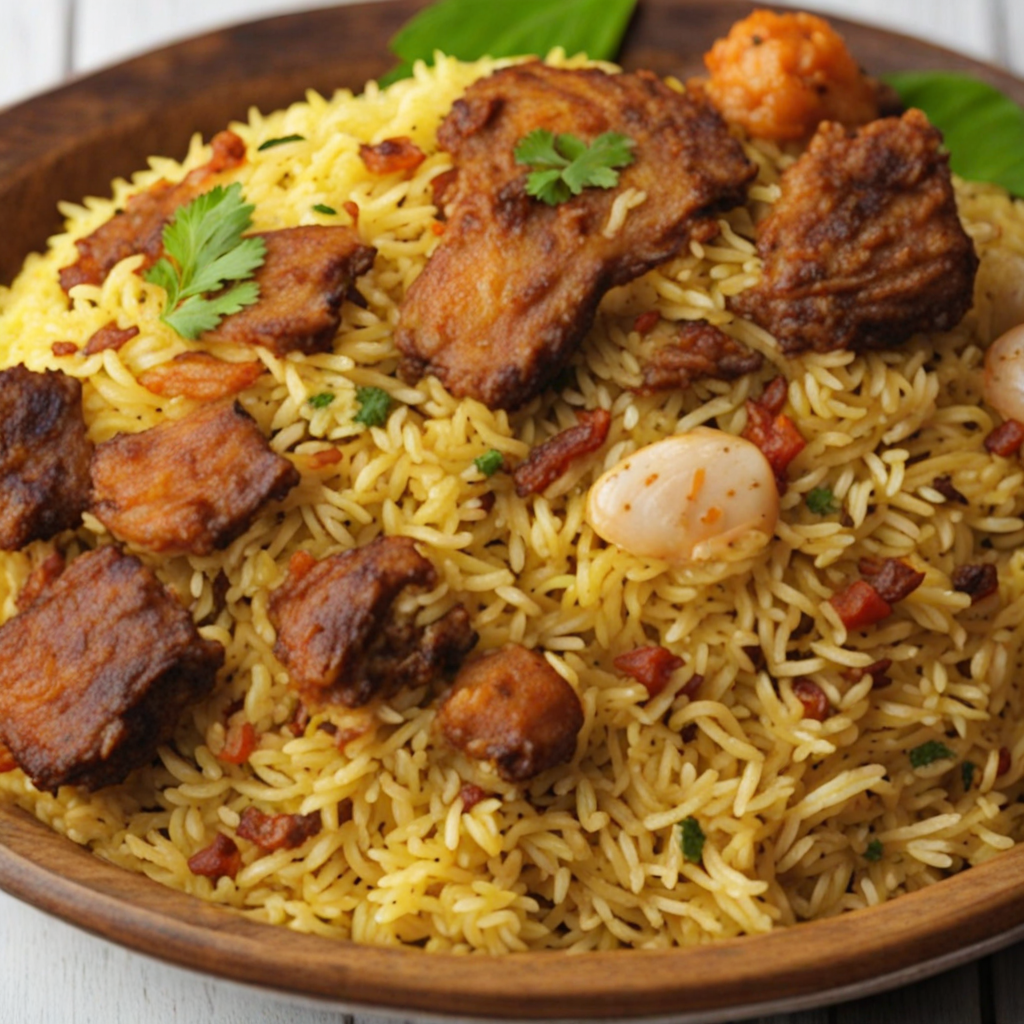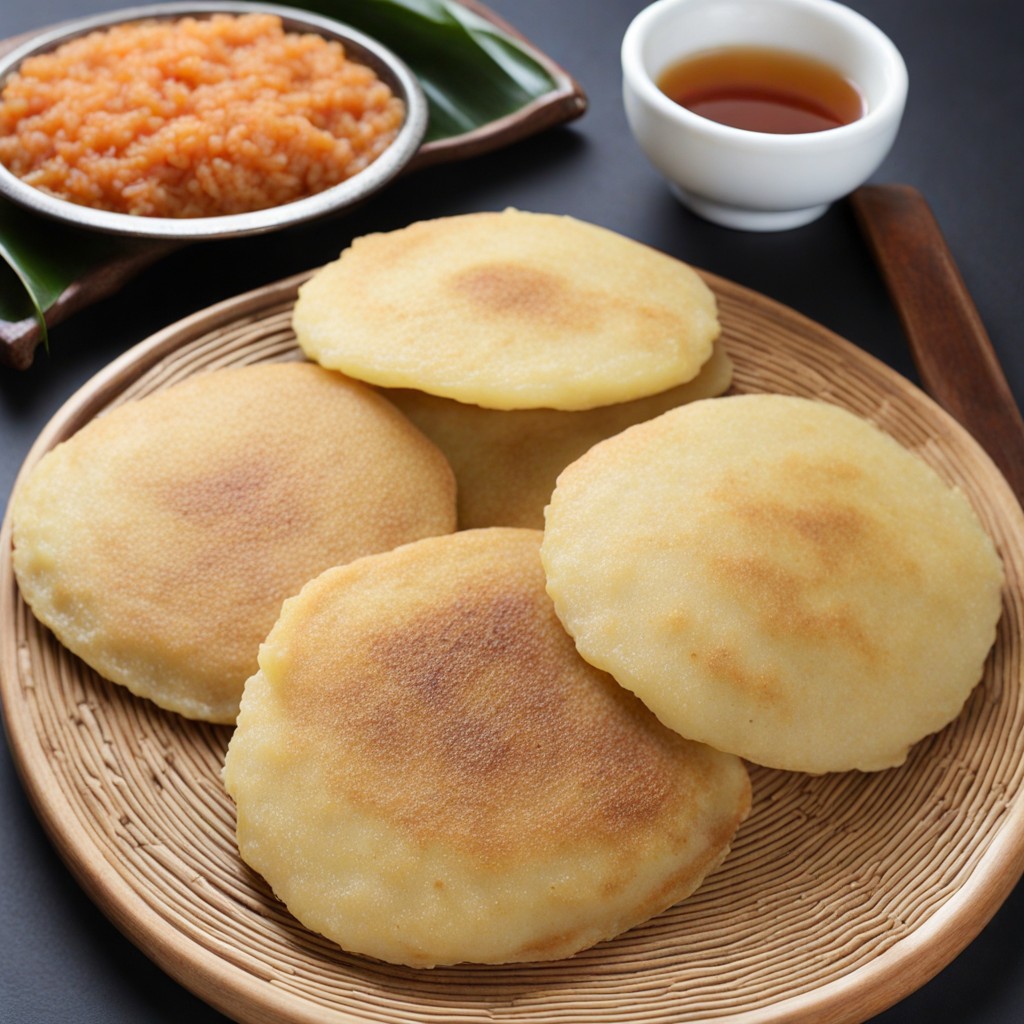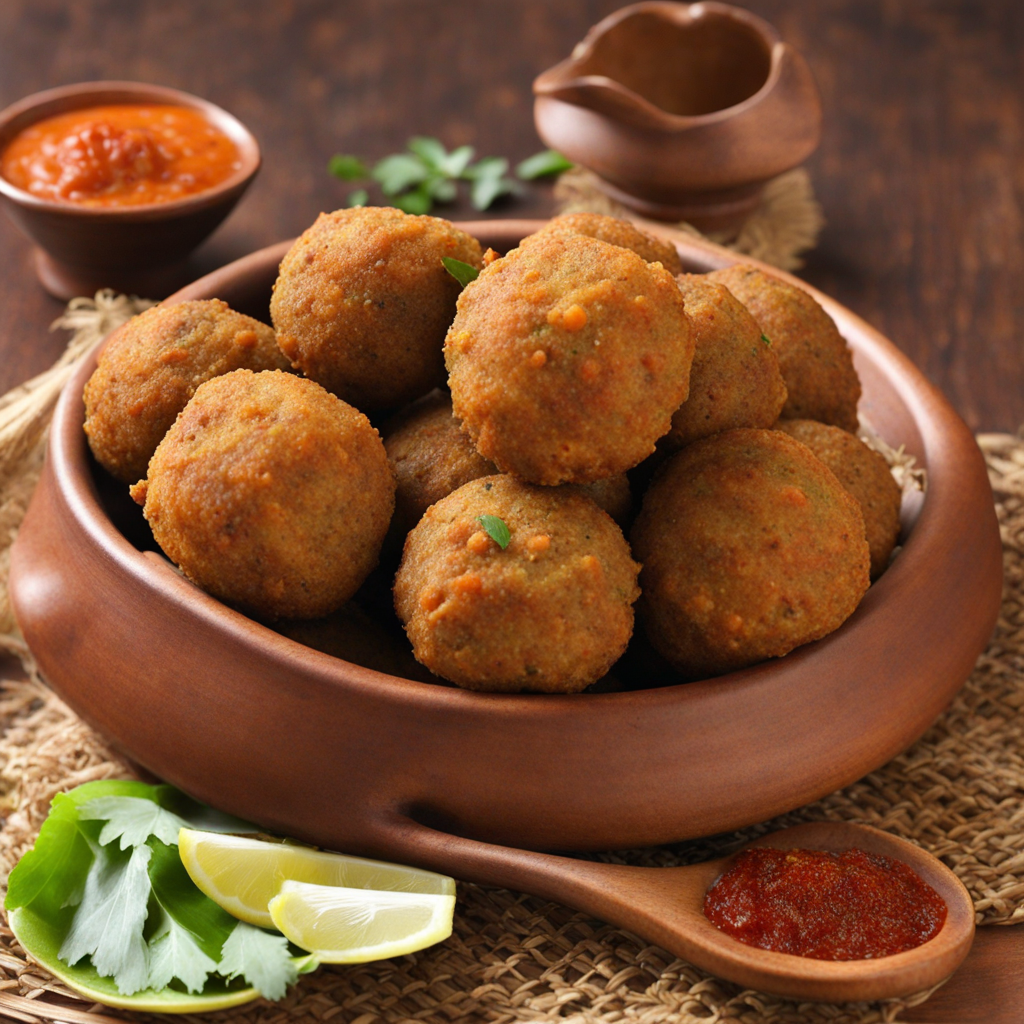Muhogo
Muhogo, also known as cassava, is a staple food in Tanzania that boasts a unique and subtle flavor profile. This root vegetable has a slightly nutty taste that becomes more pronounced when cooked. Its texture is starchy yet fluffy, making it a versatile ingredient in various dishes. When boiled, muhogo takes on a soft consistency reminiscent of potatoes, while frying or roasting it can yield a delightful crispy exterior that contrasts with its tender insides. The mild flavor of muhogo allows it to absorb the spices and seasonings it is paired with, making it an ideal canvas for culinary creativity. In Tanzanian cuisine, muhogo can be enjoyed in multiple ways. It is commonly boiled and served alongside flavorful stews or grilled meats, enhancing the overall dining experience. Another popular preparation method is frying it into crispy chips, which are often enjoyed as a snack or appetizer. Additionally, muhogo can be ground into flour, which is then used to create various baked goods, such as flatbreads or porridge, adding a rich, hearty element to meals. Its versatility makes it a beloved ingredient in both everyday cooking and festive occasions. Beyond its delicious taste, muhogo is also packed with nutritional benefits. It is rich in carbohydrates, providing a hearty source of energy, and contains important vitamins and minerals, including vitamin C and potassium. In the context of Tanzanian culture, muhogo plays a significant role in the agricultural landscape, being a resilient crop that thrives in various climates. This not only supports local diets but also contributes to food security in the region. Exploring muhogo in the Tanzanian culinary scene offers not just a new taste experience but also a glimpse into the country’s rich food heritage.
How It Became This Dish
The History of Muhogo: A Culinary Treasure from Tanzania #### Origins of Muhogo Muhogo, known universally as cassava (Manihot esculenta), is a tuberous root that has become a staple food in many parts of Africa, particularly in Tanzania. Its origins can be traced back to South America, where it was domesticated by indigenous peoples over 5,000 years ago. The plant was brought to Africa by Portuguese traders in the 16th century, and it quickly adapted to the continent's diverse climates and soils. In Tanzania, cassava found a welcoming environment, thriving in coastal regions, the great lakes, and even in arid areas where other crops struggled to grow. The versatility of muhogo made it an essential food source, providing sustenance in times of drought and famine when other crops failed. Its drought resistance and high caloric content made it a vital part of the Tanzanian diet. #### Cultural Significance In Tanzanian culture, muhogo is more than just a food item; it is a symbol of resilience and adaptability. It has woven itself into the fabric of daily life and traditional practices. For many communities, cassava serves as a staple food, often consumed in various forms—boiled, fried, or ground into flour. The flour is used to make ugali, a stiff porridge that is a cornerstone of many Tanzanian meals, accompanying meats, vegetables, and sauces. Moreover, muhogo holds cultural significance in various celebrations and rituals. In some regions, it is used in traditional ceremonies, symbolizing fertility and abundance. The harvesting of cassava is often a communal affair, bringing together families and neighbors in a celebration of community and shared resources. In addition to its culinary uses, muhogo is also associated with folklore and traditional medicine. Many believe that it has protective qualities, and it is often included in rituals intended to ward off evil spirits or bring good fortune. This multifaceted role in culture demonstrates the deep respect Tanzanians have for this humble root. #### Development Over Time As Tanzania's economy evolved, so did the cultivation and use of muhogo. The 20th century saw an increase in agricultural practices that promoted cassava as a solution to food security. In the 1960s and 1970s, the Tanzanian government recognized the potential of cassava and invested in research and development to improve yields and disease resistance. This led to the introduction of improved cassava varieties, which enhanced productivity and ensured that it remained a staple food source. Despite its benefits, muhogo has faced challenges over the years. One of the most significant issues has been the prevalence of cassava mosaic disease, which can devastate crops. However, researchers have worked diligently to develop disease-resistant strains, ensuring that muhogo continues to thrive in Tanzanian agriculture. The growth of urbanization in Tanzania has also influenced the way muhogo is consumed. As cities expanded, traditional farming practices faced pressure, leading to a decline in local food systems. However, the popularity of cassava-based products has spurred the development of processing industries. Today, cassava is not only consumed in its whole form but is also processed into products like cassava chips, flour, and even alcoholic beverages, reflecting contemporary culinary trends while respecting traditional practices. #### Modern-Day Consumption and Globalization In contemporary Tanzania, muhogo is ubiquitous in markets and households. It is often prepared in diverse ways, showcasing its versatility. Fried cassava chips are a popular snack, while boiled or steamed cassava is served as a side dish. The flour derived from cassava is gaining popularity not only in Tanzania but across the globe, particularly among gluten-free consumers. This has opened up international markets for Tanzanian cassava products. Globalization has also introduced new culinary influences that have incorporated muhogo into various dishes, thus enhancing its profile on the international stage. Fusion cuisine has seen cassava featured in innovative recipes, from cassava pizza crusts to desserts, showcasing its adaptability and appeal. #### Sustainability and Future Prospects As the world becomes increasingly aware of the need for sustainable food sources, cassava’s role in addressing food security is being re-evaluated. The crop's resilience to climate change, coupled with its low input requirements, positions it as an ideal candidate for sustainable agriculture. Efforts are underway to promote cassava as a food security crop in Tanzania and beyond, emphasizing the importance of supporting local farmers and sustainable practices. The future of muhogo in Tanzania appears promising. As climate change continues to challenge agricultural practices globally, cassava's resilience offers a glimmer of hope. Ongoing research and development in agricultural techniques, coupled with traditional knowledge, will likely ensure that muhogo remains a staple in Tanzanian diets and a significant contributor to food sovereignty. #### Conclusion In conclusion, muhogo is more than just a food item in Tanzania; it represents the intersection of history, culture, and sustainability. From its South American origins to its integral role in Tanzanian cuisine and culture, cassava has demonstrated remarkable adaptability and resilience. As it continues to evolve in response to contemporary challenges, muhogo remains a vital part of the Tanzanian identity, symbolizing not only nourishment but also the spirit of community and tradition. Its journey from a simple root to a cherished staple encapsulates the broader narrative of food as a means of survival, cultural expression, and economic development.
You may like
Discover local flavors from Tanzania







